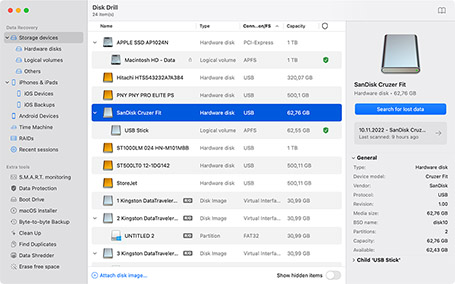

When you delete a file on your Mac, the file first goes to the Trash folder, where it stays until the folder is emptied. Second, you can always go back only one action at a time. First, the history of your actions is wiped when you restart your Mac. Unfortunately, the Undo command has two major limitations.

Alternatively, you can click the Edit menu and choose Undo. To recover it using the Undo command, you need to open Finder, navigate to the Downloads folder, and press CMD + Z. Your Mac computer keeps a history of your actions, allowing you to undo the last action with the CMD + Z keyboard shortcut.įor example, imagine you’ve recently deleted an important work document from the Downloads folder. As long as you realize that you’ve deleted the wrong file soon enough, you should be able to recover it with a single keyboard shortcut or a couple of clicks. Why easy? Because macOS features more than one safety net designed to protect you against your own mistakes and the resulting data loss. Let’s start with something easy: the recovery of recently deleted files.
Recover deleted files free for mac os pro#
Download a free trial of MacCleaner Pro and see how it’s easy to use. With MacCleaner Pro, you can also fix the issues that lead to the system’s slow performance. You can easily find and remove junk files with the help of MacCleaner Pro from Nektony. This will help to easily recover your files if something goes wrong.Īlso, to prevent any errors with your Mac, you should regularly clean up your disk from all digital junk that you might have: broken service files, old caches, unused applications, duplicates and so on. To prevent losing important data on your Mac, we recommend that you regularly back up your disk.


 0 kommentar(er)
0 kommentar(er)
